Montana in 30 Years: MINING
Interview with Montana Environmental Information Center
Let’s get right to it. Will there be any coal mining in Montana in 2048? Does coal have a future as an extracted resource?
No. Coal mining in Montana will end long before 2048.
What other areas of Montana mining are likely to grow or decline over the next 30 years?
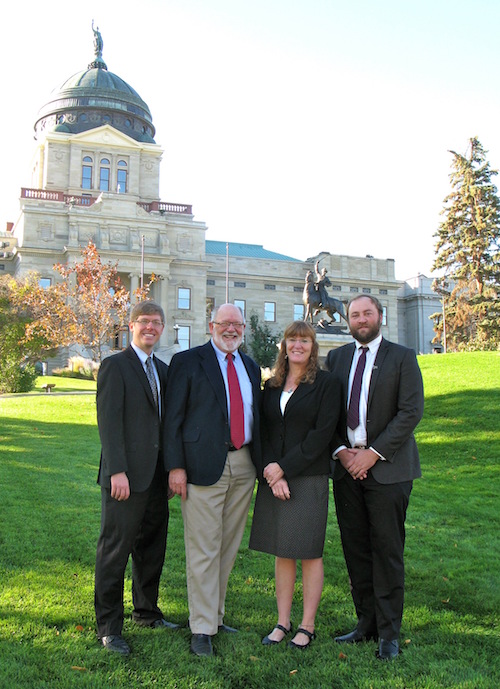
The future of hardrock mining is tied to the need for the particular minerals. Open-pit mining is too destructive to the landscape and downstream water bodies compared to the need for any one mineral. As a result, there will be little to no new open-pit mining in Montana in 2048. Electronics will determine the future of many types of hardrock mining. Copper mining will continue to be limited in Montana, probably occurring only at Montana Resources’ mine in Butte. The Black Butte copper mine on the Smith River will not be developed. The platinum and palladium deposits at the Stillwater mine will have long ago played out. There will continue to be proposals to mine copper and silver under the Cabinet Mountains, but no mine will be developed because of the protections needed for grizzly bears and bull trout, and the potential loss of water quality and quantity in the Wilderness area. Finally, Montana will have mining for sand and gravel until a less destructive substitute can be developed for road surfacing and concrete manufacturing.
How will federal and state land ownership and land-use policies impact mining decisions in the coming decades?
Federal and State agencies will continue to aid and abet hardrock mining on public lands unless there is reform of the 1872 Mining Law. Protecting public resources on public lands will depend on the advocacy efforts of citizens across the nation who cherish these landscapes and Montanans who prefer to hunt, fish, and recreate on these lands. Most politicians will continue to give lip service to protecting public lands while doing whatever they can to accommodate the mining of those lands. Public pressure, the courts, and forward-thinking politicians will continue to be the primary line of defense of public lands. Reclamation bonding requirements may improve over time, but only with pressure from the public and the courts.
Which areas of the state will be most impacted economically by shifting mining interests, and how might these areas best adapt?
Mining constitutes a very small fraction of Montana’s overall economy, and so statewide impacts from decreased mining activity will not be significant. The impacts from decreased mining will be inevitably felt in the communities hosting current mines. Eastern Montana will be most impacted by the shifting energy markets and the elimination of coal from our energy supply. Eastern Montana will eventually embrace the economic opportunities of clean energy development. Fundamentally, though, all of Montana will benefit from the switch from fossil fuels to cleaner energy sources because those involved in the clean energy business will be scattered across the state instead of concentrated in the east.
Hardrock mining is already a boom and bust industry. The gold, copper, and silver mines of today will no longer be operating as their minerals will be depleted. As with all boom and bust activities, the affected communities will struggle financially and will search for replacement economic opportunities. With foresight, they will diversify their economic bases while the mines are still operating. If not, they will become additional ghost towns from Montana’s past.
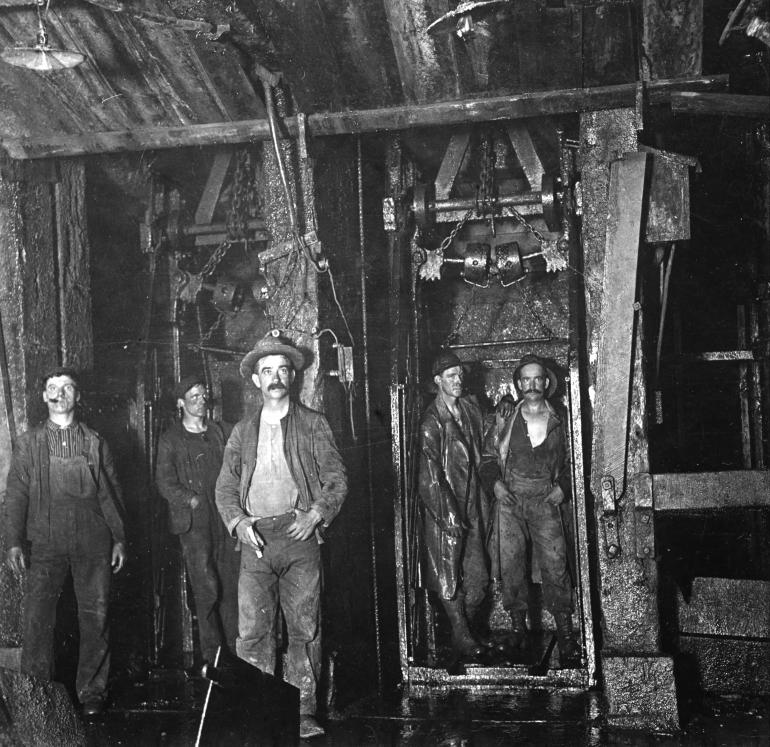
What role do you see advancements in technology playing in the mining- and extraction-related industries?
As the saying goes, necessity is the mother of invention. Technology is already playing a significant role in mining. Coal mining pollutes air and water. It results in increased global warming. Those impacts are already driving technological advances in the energy sector in the form of improved and less costly renewable energy and better electricity storage technologies. Technology has played a role in coal mining and it is leading to its demise.
Hardrock mining may be different. Not all technological advances are positive. Open-pit cyanide heap-leach mining is a relatively new technology that has ravaged the landscape in areas across Montana and the globe. Montanans learned the risk of that new technology and have now rightfully banned it. It is likely there will be other technological advances to assist hardrock mining, but we have to be vigilant of the equivalent of “snake-oil salesmen” selling us something that is “new” but not “improved.” If enough pressure is put on the mining industry, all new hardrock mines will have to implement dry storage for their tailings facilities and will avoid sulfide ore bodies, which can cause acid mine drainage.
In what ways do you expect mining to become more environmentally friendly in the foreseeable future?
The only way real change will come is when the mining industry invests more money in research and development for pollution prevention than it does for improved efficiency in mineral extraction.
Do you foresee a time when mining will no longer be an important part of Montana’s economy?
Mining already plays a relatively small role in Montana’s economy. Montana established the Coal Severance Tax Trust Fund and the Resource Indemnity Trust Fund to help fund the state after those nonrenewable resources are no longer necessary or available. These trust funds will continue to add value to the state for years to come—long after the mining of coal or other nonrenewable natural resources has ceased.
* * * *
The Montana Environmental Information Center (MEIC)
is a nonprofit environmental advocate founded in 1973 by Montanans concerned with protecting and restoring Montana’s natural environment. Nearly 5,000 individuals in Montana and around the country support MEIC as members, both financially and with their activism.
MEIC is known as Montana’s environmental “watchdog.” It has successfully influenced state and federal agencies for more than four decades, monitoring issues from hard rock mining and coal mining, to standards for fracking, to air and water pollution permits. When all else fails, MEIC utilizes litigation to ensure that environmental laws are complied with. MEIC focuses upon upholding the valuable rights afforded by Montana’s Constitution, including the inalienable right to a clean and healthful environment, the right to participate in and know about government operations, and the right to have all lands disturbed by the taking of natural resources reclaimed.
MEIC also has a long history of working with the mass media to raise public awareness and understanding of key environmental issues in Montana. Through writing opinion pieces and making its staff available to the press, MEIC makes sure that critical issues affecting the Montana environment receive the attention they deserve. MEIC provides a nonpartisan perspective, and is consistently quoted in a variety of Montana and national newspapers and other media.
Finally, MEIC assists individuals and local organizations facing environmental problems by providing information, organizing and tactical advice, and technical assistance on Montana environmental issues. MEIC has a very active membership ready to submit comments, attend hearings, and go to public rallies when needed.
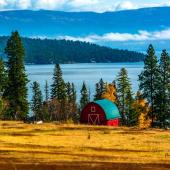
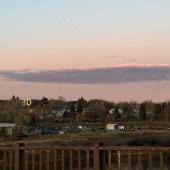
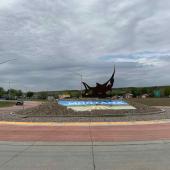
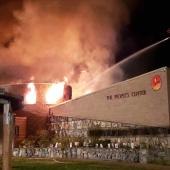








Leave a Comment Here